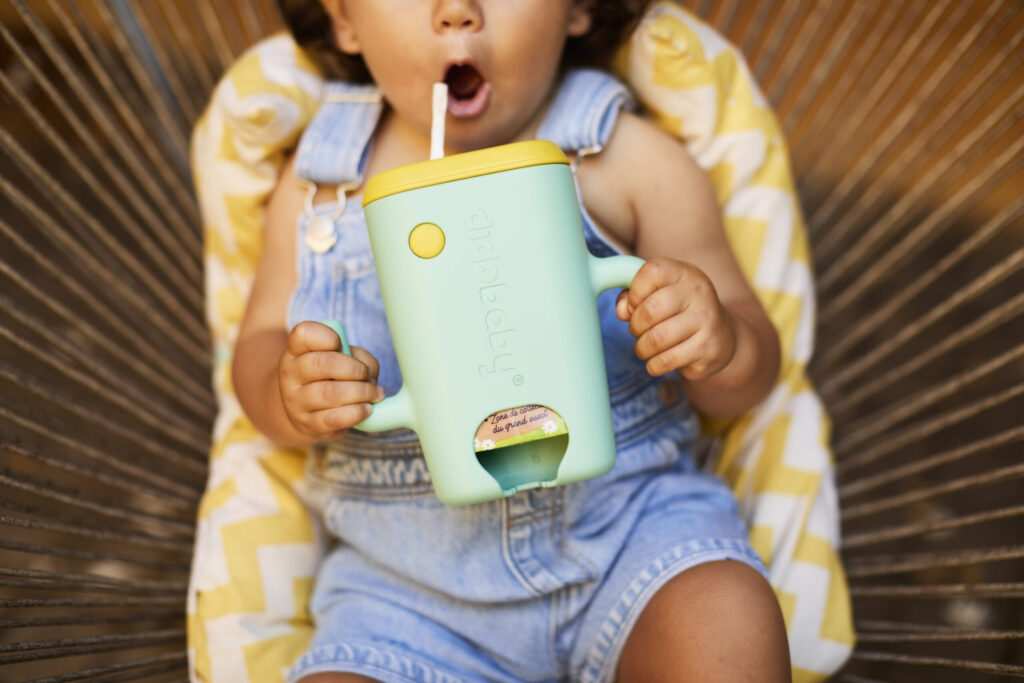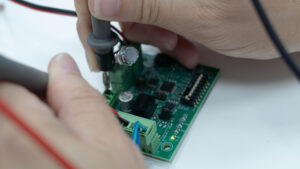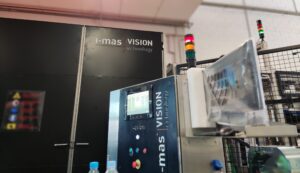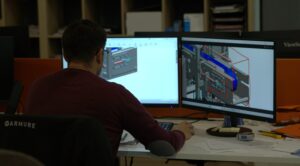Product design is not just about aesthetics or functionality, it’s about creating emotional connections with users, because nowadays, consumers don’t just buy products, they buy stories, experiences and emotions. This is where visual storytelling comes into play.
Through this technique, designers can communicate values, emotions and experiences through images, shapes and visual elements.
In this article, we will explore what visual storytelling is and how to integrate it into industrial product design. Read on!
What is Visual Storytelling in Product Design?
Visual storytelling in product design is the ability to convey a narrative through the visual elements of a product. This includes the use of colours, shapes, textures and even the user’s interaction with the product to tell a story that connects with the audience.
At i-mas, we always ask ourselves: what emotions do we want to arouse in the user? Whether it’s a sense of reassurance, innovation or even surprise, these feelings guide all our design decisions. We focus on creating products that, right from the start, convey a clear message about who we are and how our product can improve people’s lives.
Why is Visual Storytelling Important in Product Design?
We live in an era saturated with products and choices. What makes a user choose one brand over another? The emotional connection. This is where visual storytelling becomes critical. A product design that tells a story will not only engage consumers, but will generate an emotional bond that can last for years.
In addition, with the growing presence of social media and visual platforms such as Instagram and Pinterest, products need to be visually ‘countable’. Visual storytelling makes it easier for a product to stand out and be shared, viralised and discussed, which can generate a loyal community around a brand.
Keys to Integrating Visual Storytelling into Product Design
To make a product ‘tell a story’, it is necessary to think of every detail of the design as part of the script. Below, we propose some aspects to achieve effective visual storytelling in product design:
1. Understanding the Story Behind the Product
The first step in incorporating visual storytelling is to have a clear understanding of the story the product needs to tell. What problem does it solve? How does it improve the user’s life? What values does it represent? This story is the foundation on which the entire design will be built. Without a strong narrative, the product will be just another object on the shelf.
2. Choosing the Right Visual Elements
Visual elements such as colour, form and materials should be carefully chosen to reinforce the narrative. Each visual choice should align with the story you want to tell. Colours can evoke emotions; shapes can suggest stability, dynamism or elegance; and textures can offer a tangible sensation that connects on an emotional level with the user.
An example of a project developed at i-mas is didobaby. It was carefully designed according to the psychology of colour, shape and textures to stimulate the development of the youngest members of the household.
Didobaby’s colours not only capture babies’ attention, but also encourage their curiosity and invite them to explore the world around them. Furthermore, its ergonomic design is one of its main features; its handles have been meticulously crafted to fit snugly into the baby’s hands, facilitating suction and ensuring a comfortable feeding experience.
But that’s not all; the soft texture of didobaby provides comfort and security, creating a positive sensory experience that facilitates the autonomous transition to food intake.

3. Designing for User Experience
Product design must be designed so that, from the first contact, the user understands the story behind it. The user experience, the unboxing, the interface or the tactile sensations are also part of the story.
The Future of Visual Storytelling in Product Design
At i-mas, we are convinced that the future of product design will be increasingly linked to visual storytelling. Brands that only focus on functionality will lose ground to those that know how to connect emotionally with their users. For us, every project is an opportunity to tell a unique story that goes beyond the functional and into the realm of the emotional. And as designers, we always ask ourselves the same question: What story do we want to tell with this product?
At i-mas, we are ready to help you transform your idea into a product that connects and tells a unique story. If you have a project in mind, contact us!



